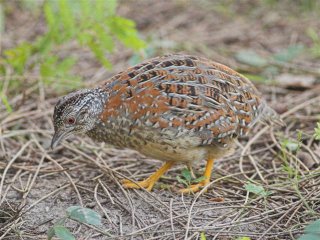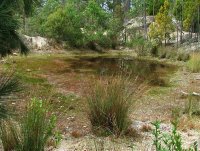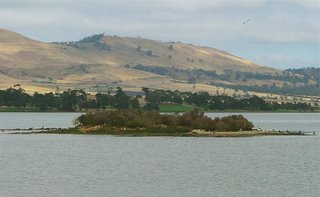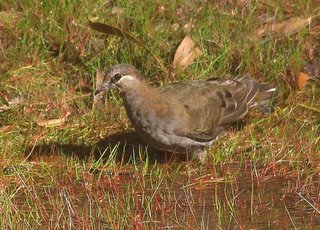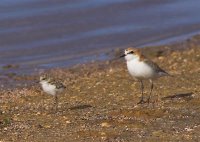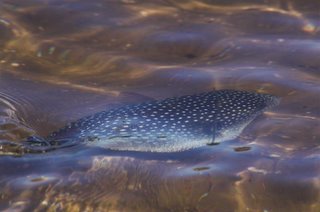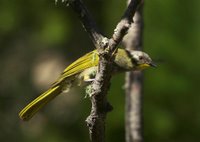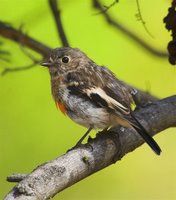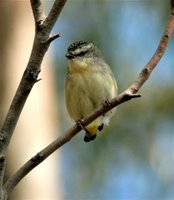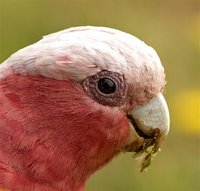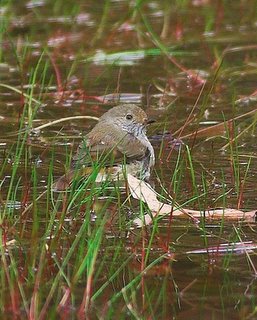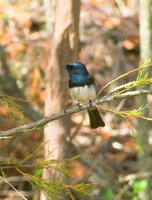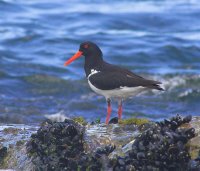 The name doesn't quite have the same 'ring' about it as Oystercatchers, but at this time of year, both of our species of Oicks, may be seen feeding on mussels. I'm not sure whether any of this World wide group of birds, actually eats oysters as a prime food source. I believe in England, where they were probably first named, their main food is cockles, which begs the question, why they were dubbed 'oystercatchers'!
The name doesn't quite have the same 'ring' about it as Oystercatchers, but at this time of year, both of our species of Oicks, may be seen feeding on mussels. I'm not sure whether any of this World wide group of birds, actually eats oysters as a prime food source. I believe in England, where they were probably first named, their main food is cockles, which begs the question, why they were dubbed 'oystercatchers'!At this time of year, there is a bigger than usual tidal range, at least locally, and at the low point of the tide, expanses of the shore and rocks not normally seen, are exposed. Among the 'winners' are the oystercatchers.
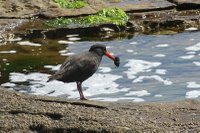 These accompanying images were shot on my almost daily 'constitutional', that encompasses the Second Bluff at Bellerive, a spot I look forward to, just to enjoy the various shorebirds that mainly use this area as a roost.
These accompanying images were shot on my almost daily 'constitutional', that encompasses the Second Bluff at Bellerive, a spot I look forward to, just to enjoy the various shorebirds that mainly use this area as a roost.
